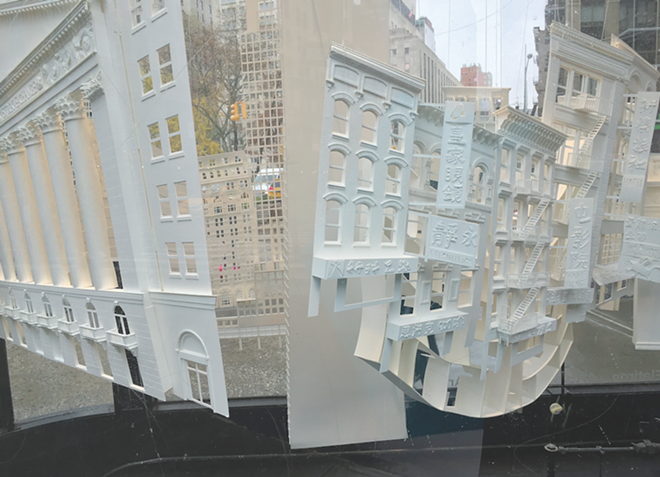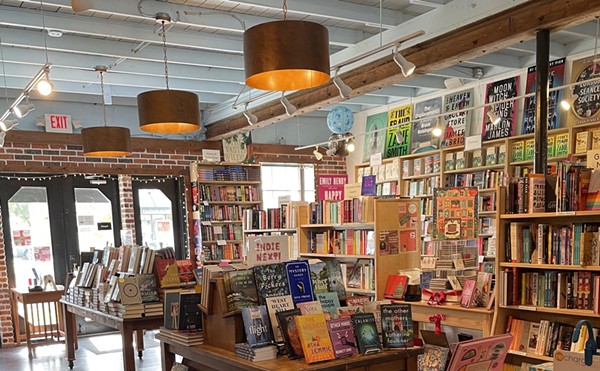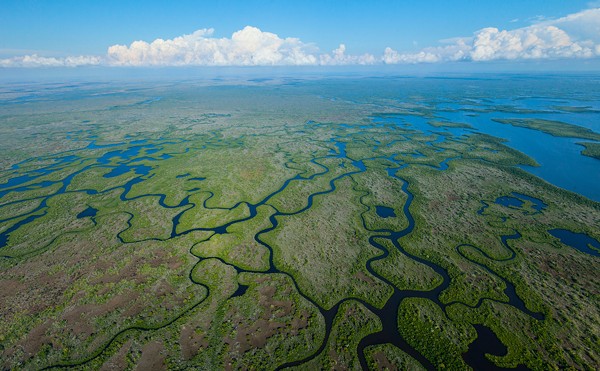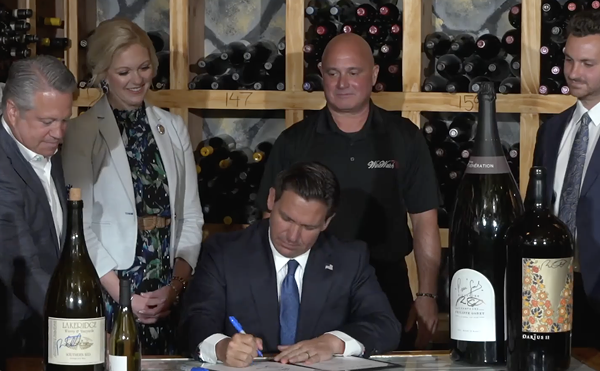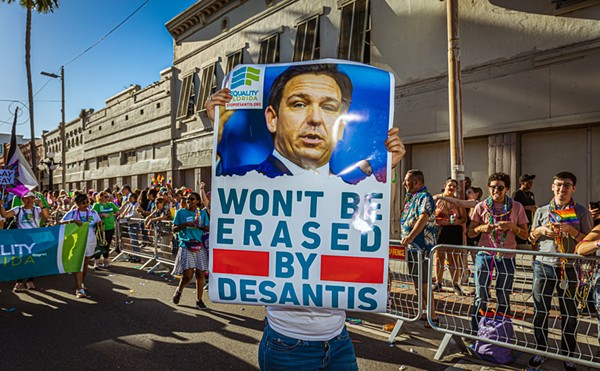Tampa Bay is bursting with new construction as 2016 approaches. Cranes dominate our downtowns and neighborhoods are awash in old homes coming down and new ones coming up.
Many of us are involved in this world of building: investors, architects, contractors, real estate agents, lawyers, buyers, sellers — and voyeurs, like me, who just enjoy watching the whole enterprise.
With such a flurry of building taking place throughout our community, it behooves us to take a moment to reflect upon the basic question underlying such frenzied activity. A bold writer and thinker has written a compelling book on this very topic and it is my great pleasure to recommend it, even as the hammers are banging outside your window.
Why We Build: Power and Desire in Architecture by Rowan Moore is a delight. The author is a journalist and architect who writes architectural criticism for the Observer in London. From 2002 to 2008 he was the director of Britain’s Architecture Foundation, and in 2013 he was named Critic of the Year by the Society of Editors in the UK.
Finding this book was my reward for an afternoon passed waiting for car tires to be replaced, after a too-humid hike through a bog. I was spent, and sought solace at a local independent bookstore. Even though architecture and design are my passions, my favorite reading runs to fiction. Maybe it’s the escape into others’ lives that attracts me, or the thrill of tales well told.
But perhaps subliminally attracted by the adult-bookstore-yellow cover, I picked Why We Build off the shelf. And what a nice surprise it was: a bodice-ripper for design buffs!
Why We Build is not academic. It’s a world tour of buildings whose stories are as colorful as characters in a novel, told with sprightly language. (Just as a well-formed bicep has its attractions, so does a well-turned phrase for me.) An example of his artful descriptions:
“Dubai lives off abstract fluctuations of money, which it strove to make concrete with construction. Here building became a fable, a source of identity, an end in itself.”
He examines buildings, not as isolated feats of imagination, but in the context of the ambitions of their builders and then as places that change over time by their users. He writes, “Architecture is shaped by human emotions and desires, and then becomes the setting for further emotions and desires.”
Each of his chapters tells of calamities and successes both funny and poignant, like the family from Atlanta who built a 32,000-square-foot McMansion “the color of a salmon mousse.” Their excess recalls the Florida family featured in the film The Queen of Versailles, and Moore’s vivid descriptions are wicked: “Cliches of opulence mingled with spasms of student surrealist angst. In the Game Room a giant anthropomorphized cone of French fries gave a sinister wink.”
And so on for six unsparing and hilarious pages, his point being that lavishing resources on a physical structure is no cure for the flawed relationships of its inhabitants.
One of this book’s joys is its global perspective. As an architectural groupie, I’d visited John Soane’s house in London and New York City’s High Line. Moore introduced me to a host of places which I now aspire to visit based on their sublime beauty, like The Glass House in Sao Paolo by Lina Bo Bardi.
He explores the use of buildings for political propaganda in Russia’s All Union Agricultural Exhibition. Even as Stalin’s ideas were causing enormous starvation, he embarked on an enormous construction project trumpeting the success of Soviet agriculture.
Marked by gilt, domed pavilions, it is “one of the more outstanding examples of deceitful construction from the country that gave the concept of the Potemkin Village to the world.” Moore contrasts the arrogance of this Russian showpiece with a modest but incredibly elegant pool for washing clothes in Portugal, arguing for honest simplicity.
Reading this book is like drinking fortified spirits — it should not be gulped, but sipped. The rich language, meaty metaphors and provocative ideas make it slow, but satisfying, going.
You don’t have to be an architect, designer or planner to savor Why We Build. Anyone who loves to think about his or her surroundings will find much to reflect and smile about in his exploration of the ambitions and follies that drive us to build.
Rowan Moore is my new personal hero for sparking us all to look at our world more fully. As we take part in the continuing change in Tampa Bay, this book offers a broad and stimulating perspective that can help shape our decisions.

